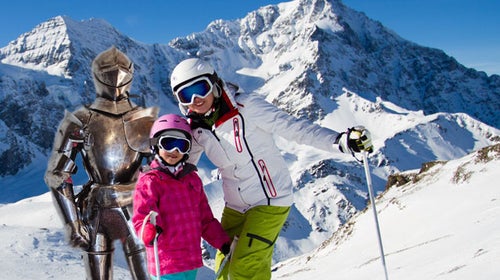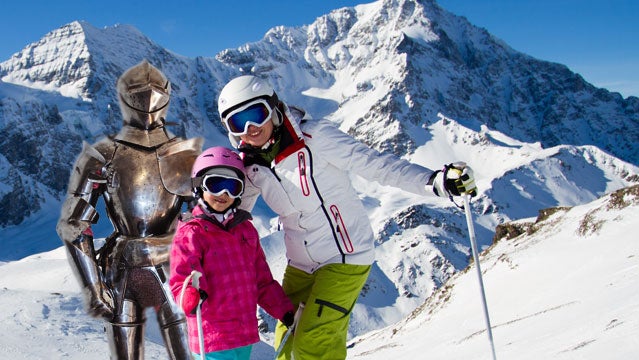Any kind of body armor may seem overkill to skiers who stick near groomed trails. The incidence of back injuries at a major resort like Whistler in British Columbia, for instance, was under one in 10,000 skier/snowboarder days, according to . If you’re keeping it under control on the slopes, you need only bring your natural-born backside to absorb minor shocks.
But some backcountry skiers embrace steep and treacherous terrain way off-piste. Theirs is a fast, vertical type of backcountry made possible by newer telemark and alpine-touring bindings with enough power to make tight turns around trees and navigate over rock outcroppings. Similarly, splitboards now allow snowboarders to access similar extremes in the deep woods. If you are the type of athlete who embraces these conditions, a back protection device might be a good investment.
Your question makes me think of my buddy Henry and his mountain bike. On a recent summer day, I watched as Henry gleefully boomed down a trail traversed by hidden water bars. He hit one the wrong way, pulled a chimp-flip, and cracked a vertebra. I scrambled to find a phone and then kept him still until the stretcher arrived. After months of physical theraphy and hobbling around in a brace, Henry’s back on the bike. I’m sure his appetite for risk has changed a bit, but now I know what to get him for his next birthday. (Sorry to spoil the surprise, H.)
Check out one of the following ultralight, sweat-vented devices for protection in snow this season or dirt in the next one.
POC Spine Ergo Bug
Salomon Flexcell
Women’s Demon Flexforce X D30
Back Protection for Skiers: POC Spine Ergo Bug
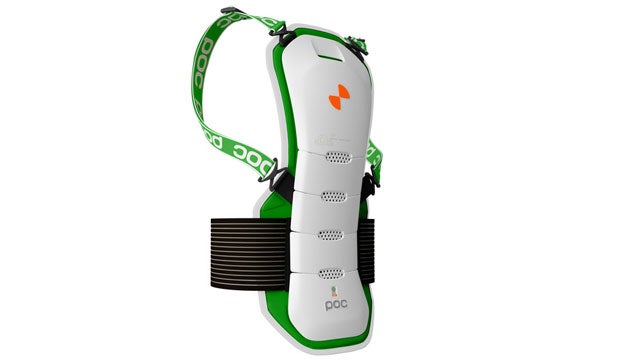
Swedish company POC— now owned by Black Diamond—designed this highly breathable and flexible armor to keep you moving downhill as fast and agile as an insect. It’s called “” because the five polypropylene plates articulate with your body like an ant’s exoskeleton. These plates prevent penetration from sharp objects and diffuse impact force. An expanded polypropylene material inside the core bounces back from multiple impacts over the Bug’s lifespan. If you’re accident-prone, the Bug can be purchased with additional modules to protect the neck and tailbone. ($100)
Back Protection for Skiers: Salomon Flexcell
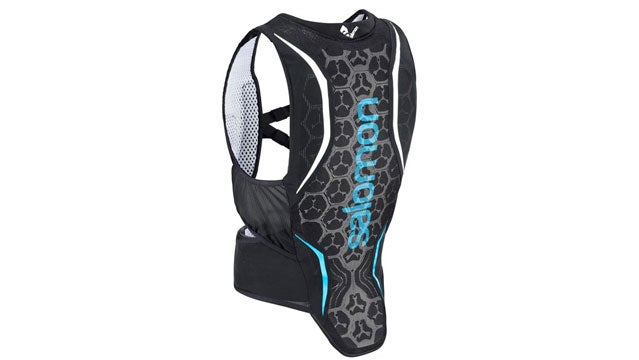
Like POC, the designers from Salomon seem to be obsessed with giving you a hard, flexible exoskeleton so you can fly down the hill like an insect. ’s panels are made from a specially-designed material called EXO, which move like a second skin and provide compression to muscles in strategic places. The back protector pads are removable via zippers in the material, and the air channels let you charge hard without overheating. Available in men’s and women’s versions. ($180)
Back Protection for Skiers: Women’s Demon Flexforce X D3O
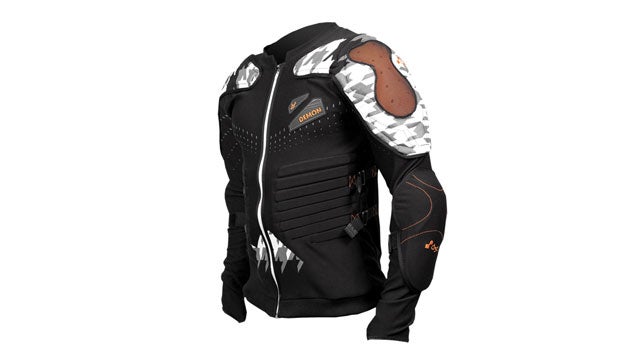
If you’re into the Mad Max look, Demon released a version of the with a cut especially for women. It’s meant to be worn as a mid-layer between a T-shirt and a coat, and features shoulder and elbow pads made from their specially engineered D30 shock absorption material. The removable impact protection pieces in the ribs and spine are made from conventional foam, and are somewhat more bulky. ($150)
